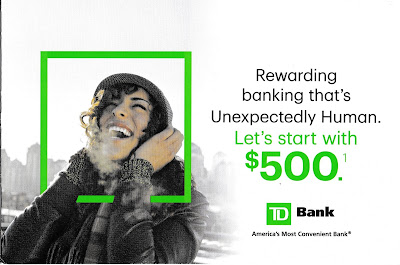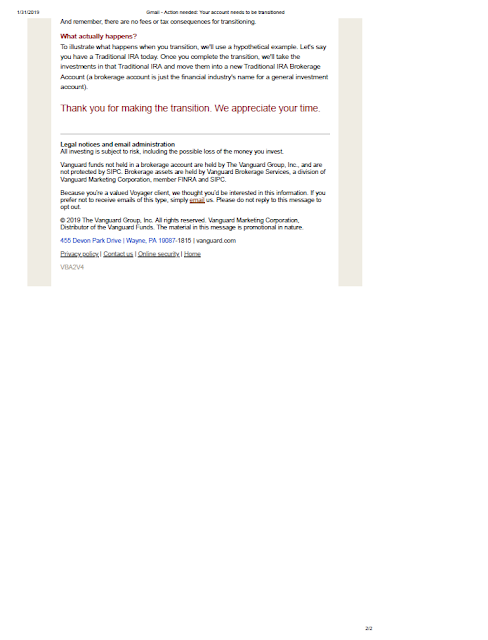 |
| Email from Uber 2/21/19 |
The Subject Line is
smartly personalized with my first name with an offer to “enjoy 50% off.” There
appears at first glance to be a significant discount opportunity. The body of the email
is also prominent in messaging 50% off not just my first ride, but my next 10
rides with Uber. However, down in the Disclosure, one would learn that the offer expires 2/25/19
at exactly 6:00:00 am. The email was sent on 2/21/19 at 6:54 am local time, which means that I, as a
customer, have fewer than 96 hours to take advantage of this offer. (Or maybe I have
99 hours. Perhaps the offer expires 6:00:00 am Pacific Time while I live in the
Eastern Time Zone.)
Let’s assume the offer
is targeted based on my customer history with Uber. I used Uber’s service
only twice in the past 18 months. So, perhaps this offer was targeted at
me to encourage me to be a more active customer. If true, I don’t understand
why Uber would target a basically inactive customer with an offer that would
apply to as many as 10 rides in as few as 4 days. Is Uber expecting me to say, “Wow!
Uber is cheap now! I’m going to skip the faster subway or not use my own car
for four days?” It doesn’t make sense. If Uber wants me to try out their
service again more than once or to prioritize it above Lyft or other services, why not expand the offer applicability
window to at least a week?
If I were to write this, I
would start with an upfront, clear, honest message with an adequate opportunity
for customers to hail an Uber. It would
open with:
“Thank you for being an
Uber customer.
Enjoy 50% off your next 10 rides in the next 10 days.”
Lessons:
- Include a clear, prominent respond-by date.
- Allow customers an adequate opportunity to respond to your offer.
- If your offer is specific to time of day, specify the applicable time zone.




















